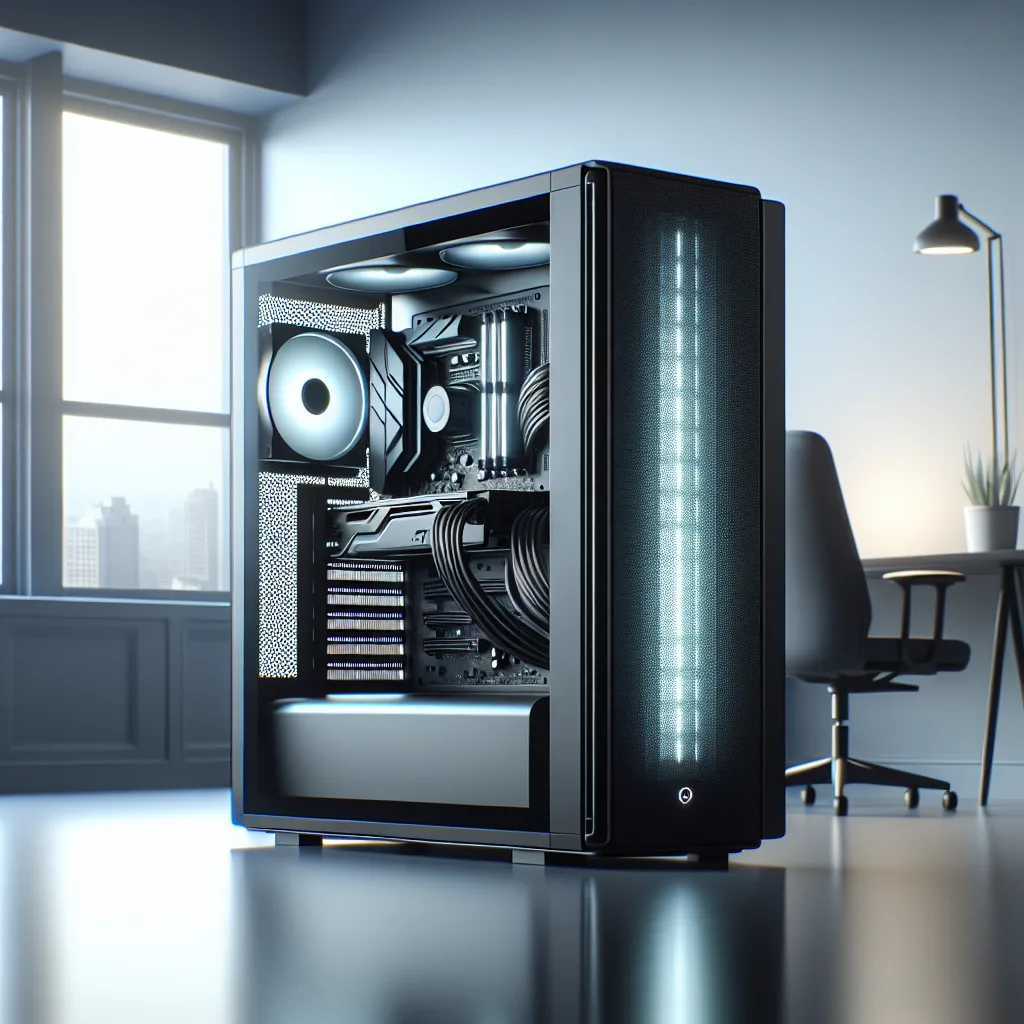So, you’ve got that itch. The one that whispers, “You should build a home server.” It’s a great idea. You could run a media center, experiment with virtual machines, host your own cloud storage, and so much more.
But then, reality hits. You look up “home server,” and you’re flooded with images of 1U and 2U rackmount units. You hear the phantom whine of tiny, high-RPM fans. You imagine the heat they pump out and the corner of your office or basement you’d have to sacrifice to a noisy, power-hungry beast.
What if I told you the perfect home server isn’t a “server” at all?
Forget the Rack, Embrace the Workstation
For years, I’ve seen people fall into the same trap. They think they need enterprise-grade rackmount hardware to build a proper home lab. But for most of us, that’s overkill in all the wrong ways. Those machines are designed for data centers with dedicated cooling and sound insulation. They are not designed to share a room with a human.
The secret? A used workstation.
I’m talking about high-end desktop towers from brands like Dell, HP, and Lenovo. Think of models like the Dell Precision T7920, the HP Z8 G4, or the Lenovo ThinkStation P920. These are the machines that engineers, video editors, and 3D artists use. They are built for performance and reliability, but critically, they’re also designed to sit quietly under a desk in an office.
They have:
* Excellent cooling with large, quiet fans.
* Support for powerful Xeon processors (often two of them).
* Tons of room for RAM (hello, ECC memory!).
* Plenty of space for storage expansion.
* Robust power supplies to handle it all.
Best of all, you can find incredible deals on these machines on the used market. Companies lease them for a few years, and then they hit sites like eBay in fantastic condition for a fraction of their original cost.
Dell vs. HP vs. Lenovo: Does It Matter?
I get this question a lot. You’ll see listings for all three and wonder if you’re missing some crucial difference.
Honestly? You can’t go wrong with any of them.
- Dell Precision towers are famous for their tool-less, easy-to-service design. Popping one open and swapping parts is usually a breeze.
- HP’s Z-series workstations are built like tanks. They have phenomenal thermal engineering and a reputation for rock-solid stability.
- Lenovo ThinkStations carry the legacy of the “Think” brand—no-nonsense, reliable, and just plain solid.
My advice: Don’t get hung up on the brand. Focus on the specific components, the condition, and the price of the unit you’re looking at. A great deal on a Dell is better than a mediocre deal on an HP.
What to Look For: A Peek Inside
When you’re browsing listings, the specs can feel a little overwhelming. Here’s a quick guide to what matters for a powerful virtualization server.
CPU: The Brains of the Operation
You’ll likely see dual-CPU setups with Intel Xeon Scalable processors. This is where the magic happens for running multiple virtual machines (VMs). You might see a choice between something like a dual Xeon Gold 6148 setup and a dual Xeon Platinum 8160.
- The Gold 6148 has fewer cores but a higher clock speed. This is great for single-threaded performance within a VM.
- The Platinum 8160 has a whopping 24 cores per CPU. This is an absolute beast for running many, many VMs at once.
There’s no wrong answer here. If your use is a few heavy-duty VMs (like for 3D modeling), the Gold might feel a bit snappier. If your goal is to run a dozen different services, the Platinum’s core count is your friend. And don’t worry too much about power draw; these workstations are designed to handle these chips efficiently and quietly.
RAM: Your Digital Workspace
Virtual machines love RAM. Starting with 128GB of DDR4 ECC RAM is a fantastic baseline. The “ECC” part means it’s Error Correcting Code memory, which prevents data corruption and is a key benefit of using workstation/server hardware. It’s incredibly stable. You’ll notice the price jumps significantly to get to 256GB, but the great thing about these workstations is that you can almost always add more later.
GPU: For More Than Just Gaming
If you plan on running a VM for tasks like Blender or Solidworks, or even just a home theater PC (HTPC), you’ll need a decent GPU. A professional card like the NVIDIA RTX A2000 is a great choice. It’s powerful enough for professional 3D work and sipping power. The key will be setting up “GPU passthrough,” which lets you dedicate the graphics card directly to one of your VMs. It sounds complex, but it’s a well-trodden path with platforms like Proxmox or ESXi.
Storage: Speed and Space
Starting with a 1TB NVMe SSD is the perfect move. It’s blazing fast and ideal for hosting your main operating system and your most-used VMs. The beauty of a workstation tower is the space. You’ll have a ton of drive bays to add more storage later, whether it’s more SSDs for VMs or large hard drives to build your own network-attached storage (NAS).
So, if you’re dreaming of a home lab, look beyond the noisy rack. A quiet, powerful, and surprisingly affordable used workstation is waiting for you. Happy building.
